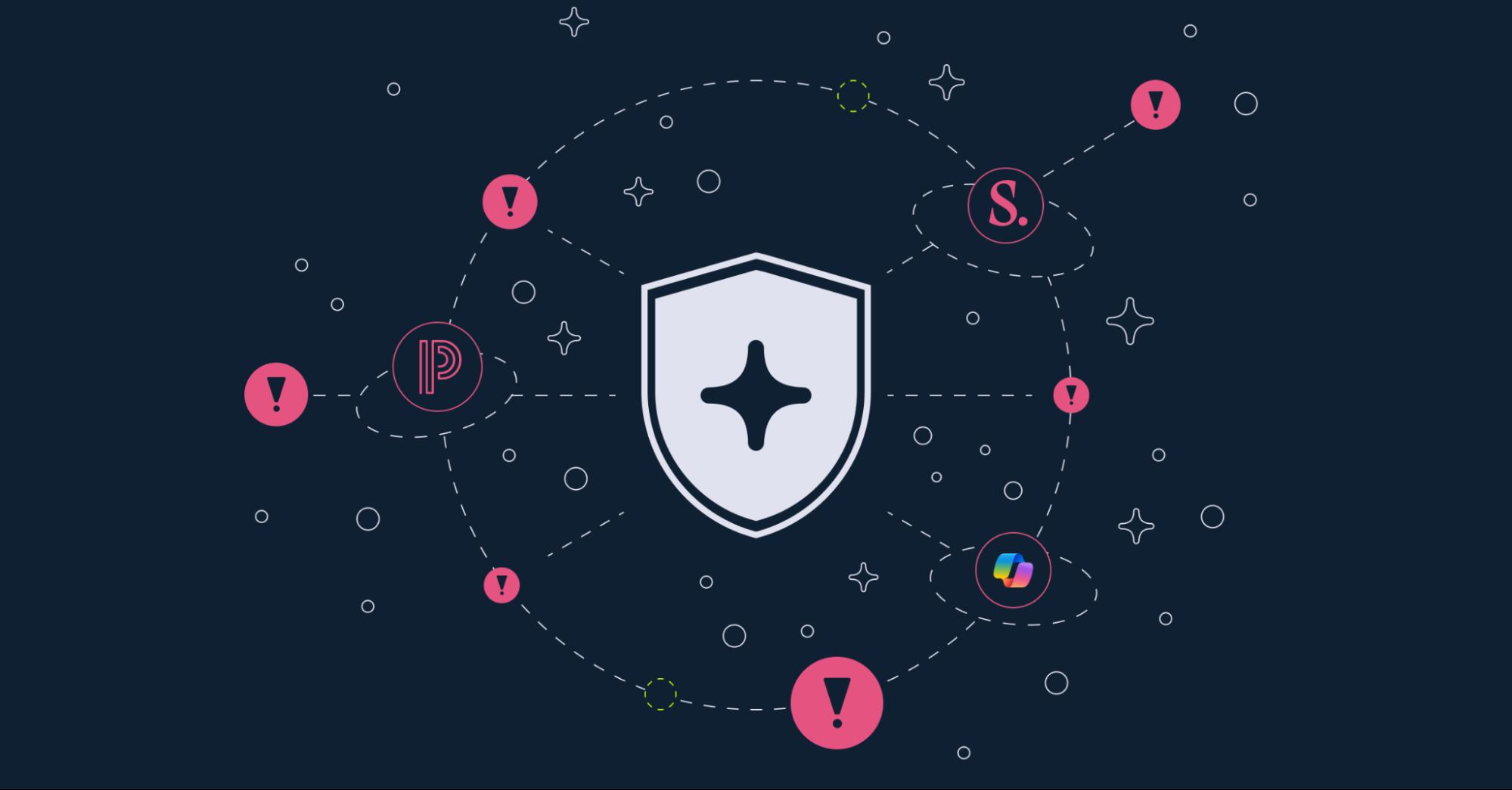Evaluating Security Tools with LLM Capabilities



The Evolution of Security Tools - From Basic Defenses to Advanced AI Integration
Security tools have undergone significant evolution over the years. Originally, they were focusing mainly on basic defenses such as antivirus programs that protected against common viruses and malware. As technology advanced, so did the threats, which became more sophisticated and harder to detect.
In response, the security industry has shifted towards integrating artificial intelligence (AI) into security tools. This advancement allows for more complex data analysis, enabling the systems to detect anomalies that can indicate potential threats. AI integration enhances the ability to identify risks and improves the speed and accuracy of responses to security incidents.
This shift from basic antivirus software to AI-driven security solutions represents a significant change in how businesses and individuals secure their digital assets. It introduces a more active and responsive way to handle cybersecurity as threats continue to evolve.
Key Players in LLM-Enhanced Security Tools
The field of cybersecurity is rapidly evolving with the adoption of Large Language Models (LLMs). These powerful AI systems improve the functionality of security tools, allowing for advanced threat detection and quicker incident responses.
We will explore several leading companies that have effectively integrated LLM technology into their security offerings. Each company listed has developed innovative methods that significantly enhance security measures and impact the industry. Let’s explore them in detail below:
1. Reco
Reco is leading the way in improving cybersecurity by effectively using Large Language Models to perform deep and thorough analyses of extensive security datasets. This not only helps in detecting potential issues but also provides organizations with actionable insights and strategic recommendations.
What makes Reco shine is its identity-centric approach to SaaS security. Its AI-based graph technology integrates via API, offering immediate value by continuously discovering every application and identity, and controlling access within minutes. This approach ensures full visibility into all the apps and identities, which helps organizations prioritize and control risks more effectively in their SaaS ecosystems. By focusing on both innovation and reliability, Reco provides practical security solutions that empower businesses to protect their most important assets efficiently.
2. Palo Alto Networks
Palo Alto Networks is actively integrating its own Large Language Model (LLM) to enhance its cybersecurity solutions, marking a significant step towards incorporating generative AI into its operations. It plans to use LLM to improve threat detection capabilities and the overall effectiveness of its security responses. The addition of this proprietary LLM will allow their systems to not only react to existing threats but also predict and prepare for potential future threats more effectively.
With this advancement, Palo Alto Networks aims to deliver a more intuitive and natural language-driven experience within its products, significantly boosting the efficiency of its processes and operations. This step shows Palo Alto Networks' continued effort to lead in cybersecurity by using advanced AI to provide strong, customized protection that fits today's digital needs.
3. Wiz
Wiz has upgraded its cloud security tools by adding AI-powered features that make fixing security issues faster and more straightforward. These improvements come from using Microsoft Azure OpenAI service, which helps Wiz give clear, easy-to-follow steps for solving security issues quickly. The use of Azure OpenAI also improves its security checks. It connects different types of security risks like unsafe settings, weak spots, and potential threats to offer specific advice on how to fix them quickly.
This method speeds up the repair process and ensures the fixes are right for the situation. This AI tool is not only for security experts but also helps developers and other team members, as it makes it easier for everyone to help keep their cloud safe. Wiz is leading the way in using AI to manage cloud security in a simpler and more effective way for everyone.
4. CrowdStrike
CrowdStrike uses advanced AI to make its security work faster and smarter. With its AI system called Charlotte AI, tasks that took hours now take minutes. This system helps find and stop security threats quickly by learning from huge amounts of security data every day.
Charlotte AI helps both new and experienced analysts work better and faster. It offers clear, easy-to-follow advice and keeps data safe with strict controls. CrowdStrike's AI doesn't just speed up responses; it makes them more accurate, helping to stop security breaches before they happen. This makes CrowdStrike a strong choice for businesses looking to improve their security quickly and effectively.
5. Fortinet
Fortinet recently enhanced its security operations by introducing a generative AI tool, Fortinet Advisor, to its portfolio. This tool automates manual security tasks, boosting efficiency for security teams. Initially available for Fortinet’s SIEM and SOAR platforms, it will soon extend across all offerings. Fortinet Advisor offers a natural language interface for incident analysis summaries, threat intelligence query optimization, remediation guidance, and playbook template creation.
Leveraging large language models (LLMs), Fortinet Advisor aims to reduce the repetitive manual work that often leads to staff turnover. This advancement helps simplify security operations, making it easier for teams to onboard new members and reduce the expertise required, thereby democratizing cybersecurity tasks and enhancing overall team effectiveness.
6. Darktrace
Darktrace employs LLMs to power its AI-driven cybersecurity platform, enhancing its ability to detect and respond to threats autonomously. It analyzes behavioral patterns across networks, identifying anomalies that can indicate a security threat. This proactive approach helps preempt potential breaches by catching unusual activity early on.
Darktrace’s technology is known for its self-learning capabilities, which enables continuous adaptation to new security challenges as they emerge. The integration of LLMs into its system further boosts its efficiency, enabling faster and more accurate threat detection. This ensures that Darktrace’s clients are protected against both known and emerging cyber threats, maintaining robust defense mechanisms in a rapidly changing digital environment.
7. SentinelOne
SentinelOne has introduced Purple AI, a generative AI tool designed to streamline security operations. This advanced tool transforms threat hunting from a complex task into a simple conversation, enabling security analysts to ask questions in natural language and receive rapid, actionable responses. Purple AI integrates SentinelOne’s embedded neural networks with a large language model, simplifying threat analysis and boosting productivity.
Purple AI speeds up threat hunting, investigations, and responses, significantly cutting down the time security teams spend on routine tasks. This tool provides immediate benefits by generating smart, easy-to-use playbooks and investigation notebooks, which help analysts move from identifying a threat to taking action quickly. With Purple AI, SentinelOne empowers teams to detect threats earlier and respond faster, enhancing the overall security posture and making operations more efficient.
Challenges and Considerations
While Large Language Models (LLMs) bring significant advancements to cybersecurity tools, integrating these technologies also presents several challenges and considerations. These challenges range from technical complexities involved in deploying and maintaining sophisticated AI systems to broader ethical and privacy concerns associated with AI-driven data analysis.
Understanding these hurdles is crucial for companies aiming to leverage LLMs effectively while ensuring compliance and protecting user data. In this section, we'll explore some of the primary issues organizations face as they incorporate LLM capabilities into their security frameworks:
Technical Challenges with LLMs
Implementing LLMs in cybersecurity tools comes with a set of technical challenges that can impact their effectiveness and operational efficiency. These challenges stem from the complexities of AI models, the need for extensive training data, and the integration into existing security systems. The table below outlines some of the main technical challenges associated with deploying LLMs in security applications:
Ethical and Privacy Concerns
The use of LLMs in cybersecurity raises significant ethical and privacy concerns that organizations must navigate carefully. Issues such as data privacy, consent for data use, and potential biases in AI algorithms are at the forefront of these concerns. Here's a detailed table that explains some of the main ethical and privacy challenges associated with LLMs in security tools:
The Future of LLMs in Security
The future of Large Language Models (LLMs) in security looks promising as these advanced AI tools continue to evolve and integrate deeper into cybersecurity frameworks. The potential for LLMs to enhance threat detection, automate complex security operations, and provide predictive insights is set to transform how organizations defend against and respond to cyber threats.
As machine learning capabilities progress, LLMs are expected to become more adept at handling real-time data analysis, offering near-instantaneous responses to potential security breaches. This ability will significantly reduce response times, minimizing the impact of attacks. Furthermore, as LLMs improve, they will be able to provide more personalized security solutions tailored to the specific needs and risk profiles of individual organizations, thereby enhancing overall security postures.
However, the integration of LLMs also brings challenges that will need to be addressed. Issues such as ensuring the ethical use of AI, protecting data privacy, and managing the complexities of AI-driven decisions will be crucial. As the technology matures, there will be an increasing need for robust regulatory frameworks and ethical guidelines to manage the deployment and operation of LLMs effectively.
Overall, the trajectory for LLMs in security is set toward more autonomous systems that promise enhanced protection capabilities. As these technologies refine, they will play an important role in shaping the next generation of cybersecurity solutions.
Conclusion
Conclusively, the integration of LLM into security tools represents a significant advancement in the field of cybersecurity. These powerful AI technologies enhance the capabilities of security solutions, enabling more sophisticated threat detection and proactive defense mechanisms. As we have explored, companies like Reco and others are at the forefront of adopting these innovations, offering enhanced protection and smarter security strategies.
However, the adoption of LLMs is not without its challenges, including technical hurdles and ethical considerations that must be navigated carefully. Looking forward, the continued development and refinement of LLMs are expected to greatly improve cybersecurity, offering stronger and more effective defenses against the constantly changing range of cyber threats.

Gal Nakash
ABOUT THE AUTHOR
Gal is the Cofounder & CPO of Reco. Gal is a former Lieutenant Colonel in the Israeli Prime Minister's Office. He is a tech enthusiast, with a background of Security Researcher and Hacker. Gal has led teams in multiple cybersecurity areas with an expertise in the human element.

Gal is the Cofounder & CPO of Reco. Gal is a former Lieutenant Colonel in the Israeli Prime Minister's Office. He is a tech enthusiast, with a background of Security Researcher and Hacker. Gal has led teams in multiple cybersecurity areas with an expertise in the human element.



%201.svg)



















.svg)